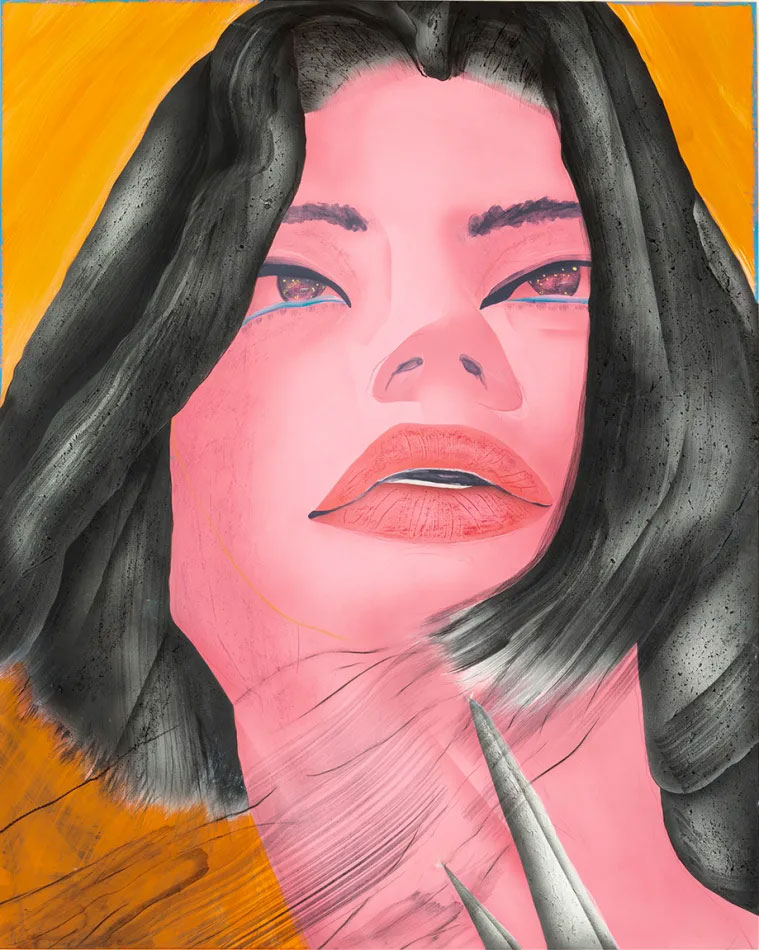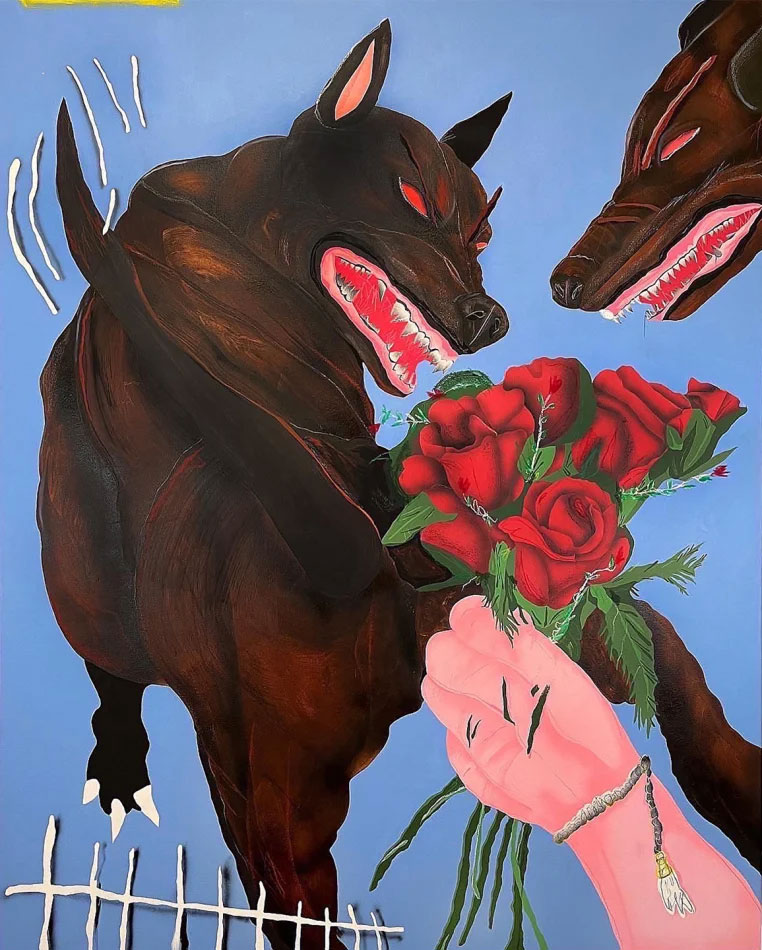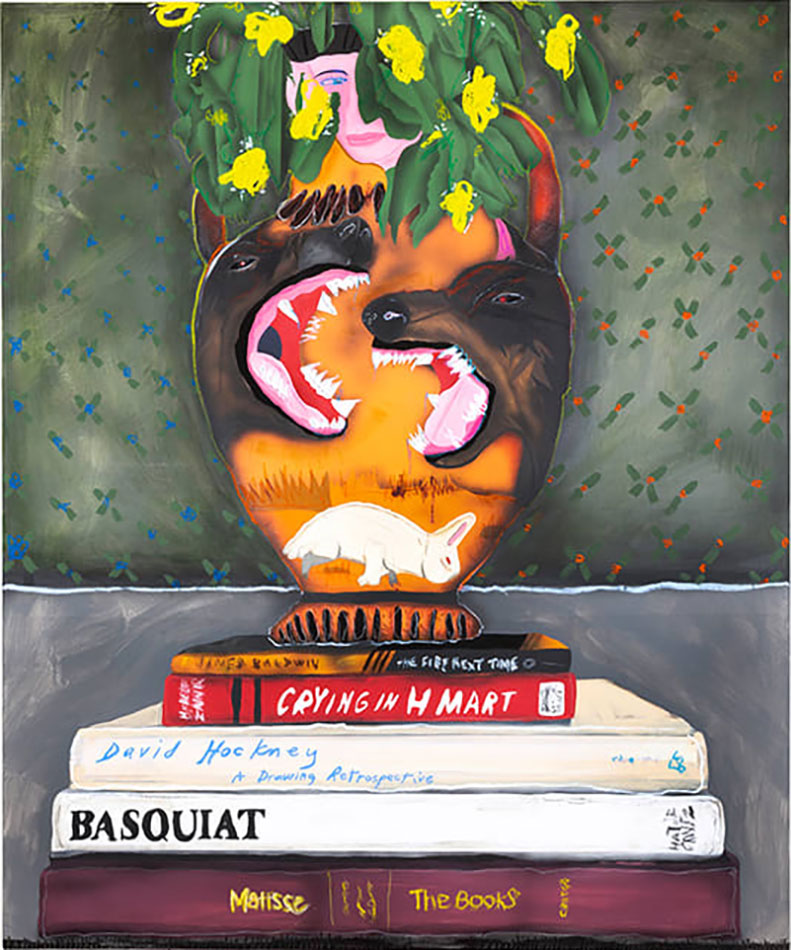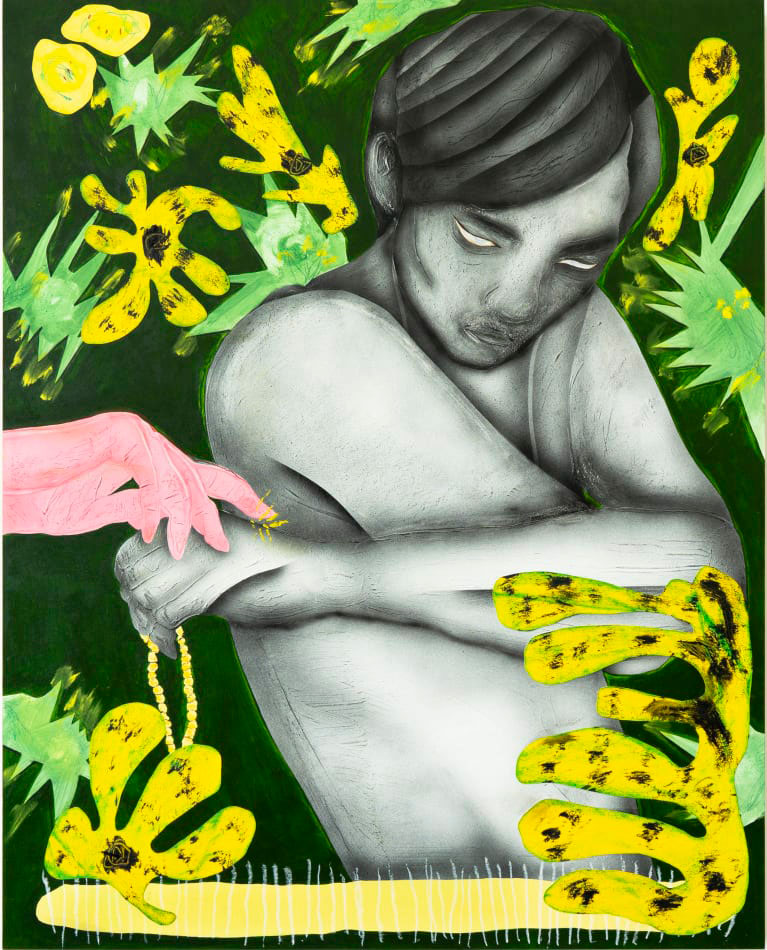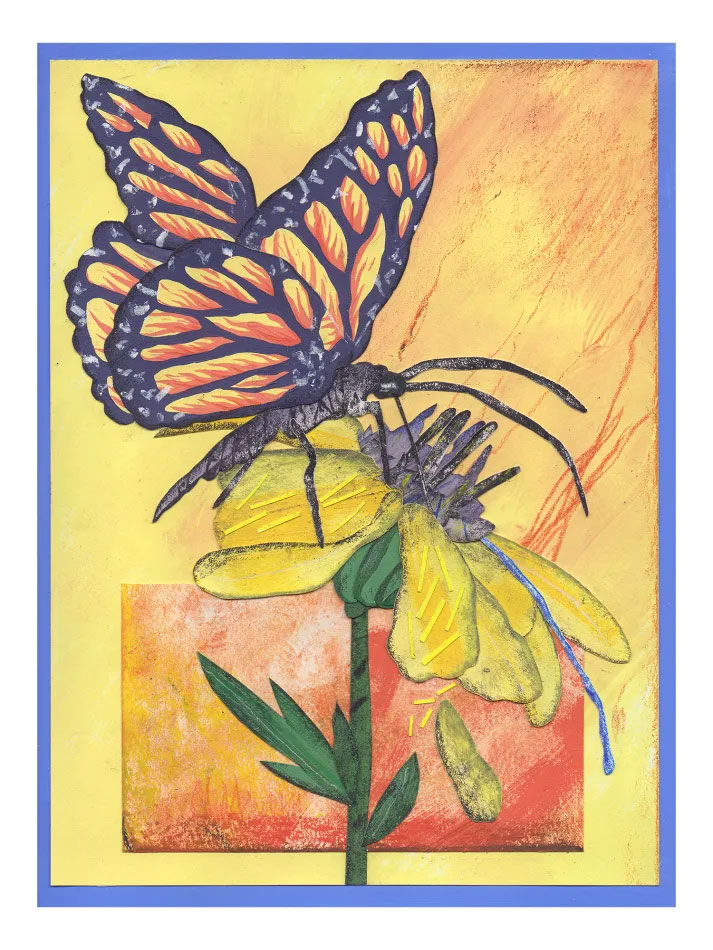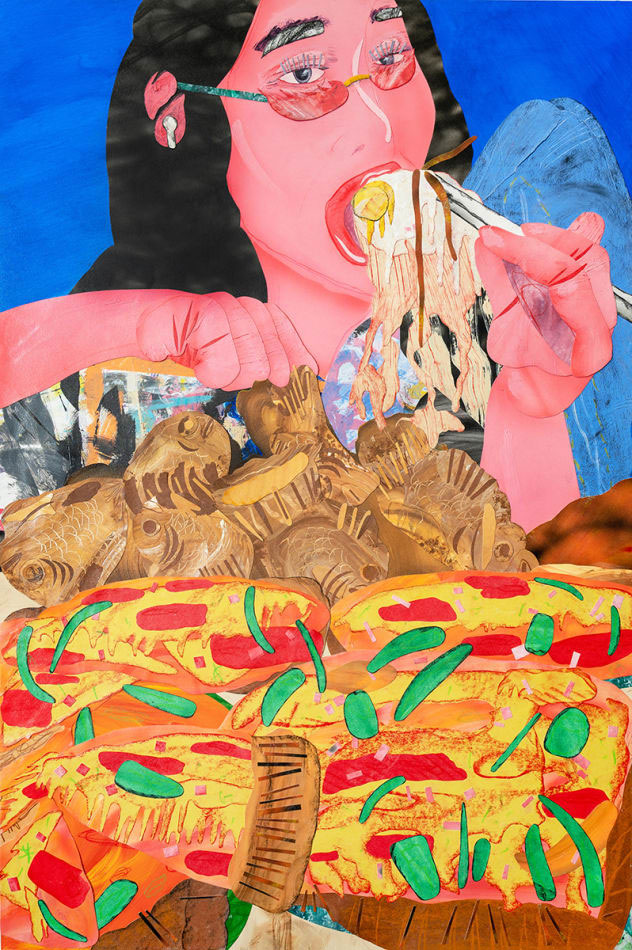ART CITIES: N.York-David Heo
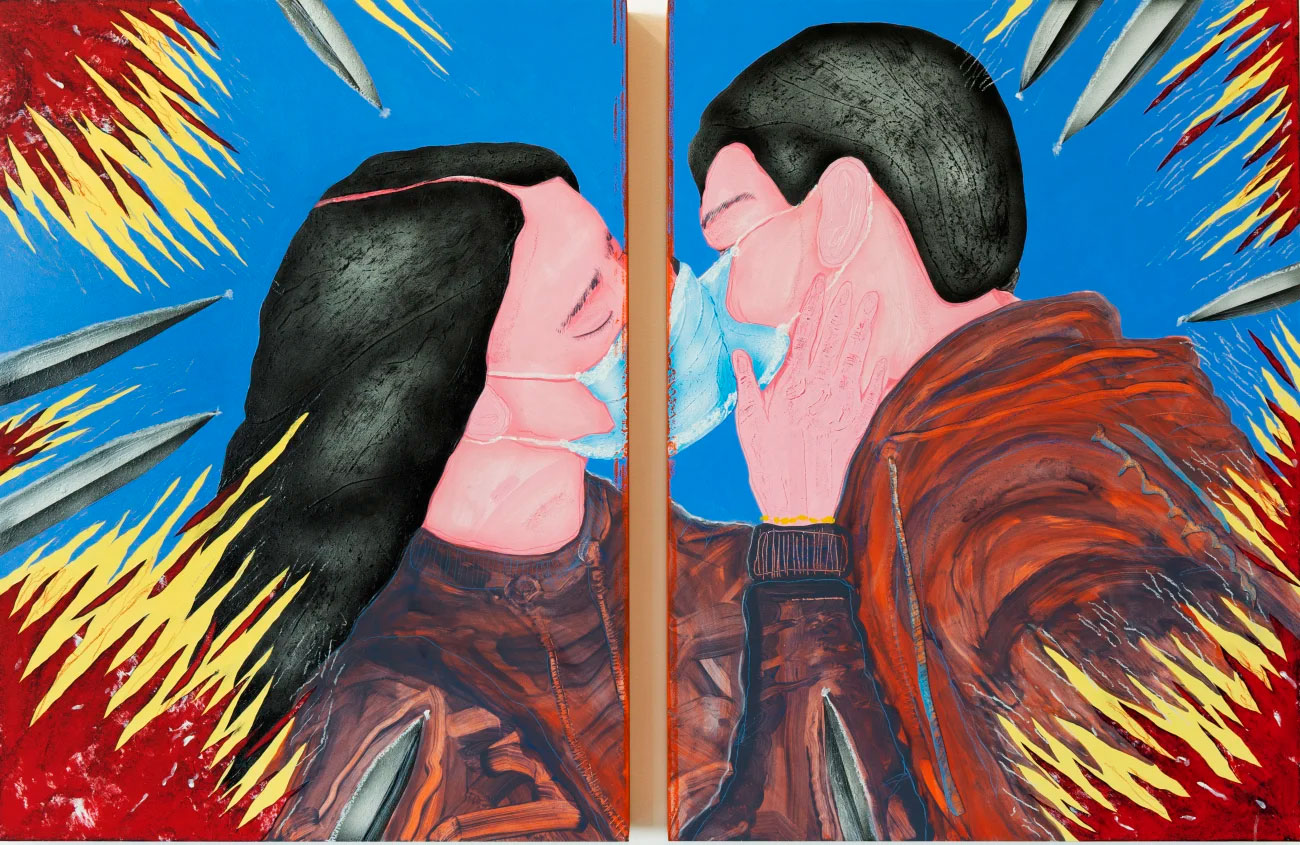 David Heo is a Korean-American image maker known for his multidisciplinary practice that seamlessly combines painting, collaging, and various mediums and symbologies. He is inspired by ancient Western mythologies, hyper-saturated 90s animation, and the dualities of hybrid culture, which he incorporates into his work to create anecdotes that recall nostalgia.
David Heo is a Korean-American image maker known for his multidisciplinary practice that seamlessly combines painting, collaging, and various mediums and symbologies. He is inspired by ancient Western mythologies, hyper-saturated 90s animation, and the dualities of hybrid culture, which he incorporates into his work to create anecdotes that recall nostalgia.
By Efi Michalarou
Photo: Hashimoto Contemporary
David Heo’s practice echoes Deconstructivist tendencies that relate to the fragmentation of surfaces and structures. He often incorporates motifs that refer to the harmonies and dissonances between two uniquely South Korean identity-based political beliefs: Han and Jeong. Heo believes they are synonymous with one another and creates a vision of liminal space by flowing between representation and abstraction. His distinctly bold style is heavily informed by his interpretations of the Asian-American experience and its intersection with American popular culture, iconography, and western art history. Heo employs a variety of techniques, including chopping, skewing, and presenting his work to create disjointed narratives that allow viewers to experience his thought process as he samples between his American and South Korean identities. For his solo exhibition “Mythos”, David Heo showcases his idiosyncratic use of mixed mediums, recurring symbols, and personal themes. Borrowing familiar figures from 1990s popular culture, the artist displaces these icons from their context. By doing so, he re-conceives their influence within a series of long-lasting, classical South Korean vessels and other accompanying works. This narrative vehicle is a direct reflection of the artists bi-cultural upbringing. Heo explains that the use of popular culture serves as an entry point to present and discuss larger topics, such as power dynamics which manifest as unspoken, insidious rivalries that exist between groups which are regulated to the margins. Understanding this, Heo presents the nuances of these instances which inform biases and consequently define and limit who we are. The artist illustrates clear visual representations of protagonism and antagonism as learned biases, which influence and shape our aesthetics of what is considered “good” and “evil.” This becomes reified through his image-making and the use of color. These two factors direct the narrative, based on indicators of the meanings that we have associated with these binaries, whether consciously or subconsciously. For example, “Priiiiiime”, intricately layers a range of mixed mediums — the main figure is clad in red, white, and blue. Color, then, emerges as visual rhetoric to help articulate the aforementioned power dynamics. As the viewer shifts their gaze, a second figure emerges from the shadows — depicted only through shades of black.
Photo: David Heo, Courtesy Hashimoto Contemporary
Info: Hashimoto Contemporary, 54 Ludlow St., New York, NY, USA, Duration: 15/4-6/5/2023, Days & Hours: Tue-Sat 10:00-18:00, www.hashimotocontemporary.com/
